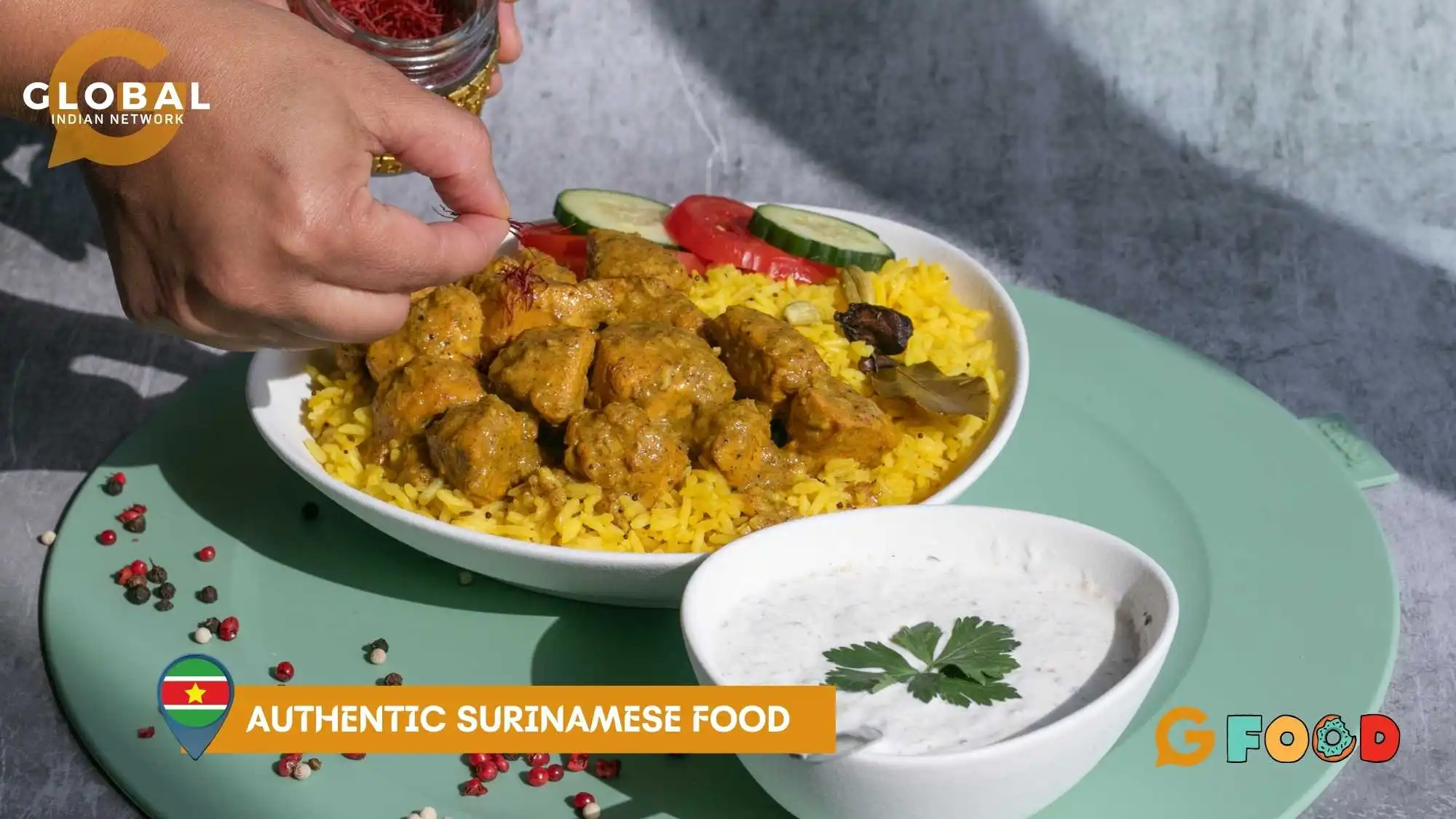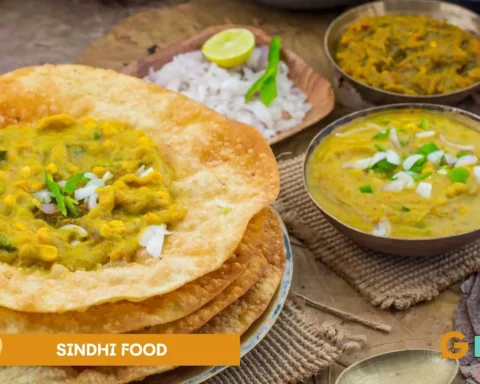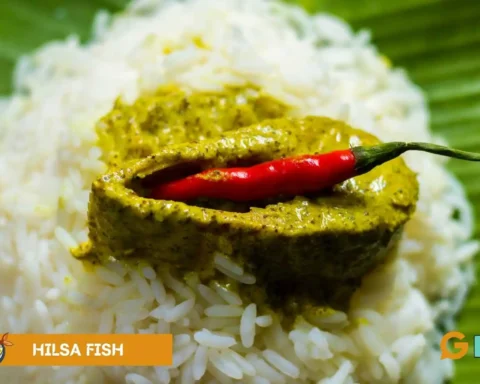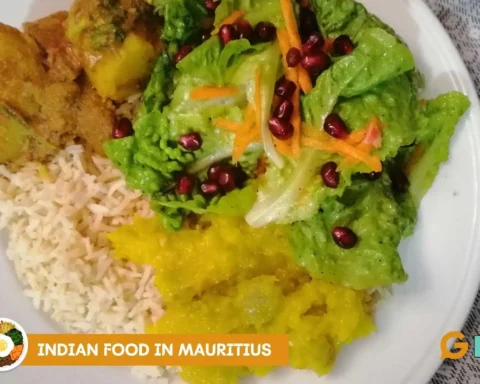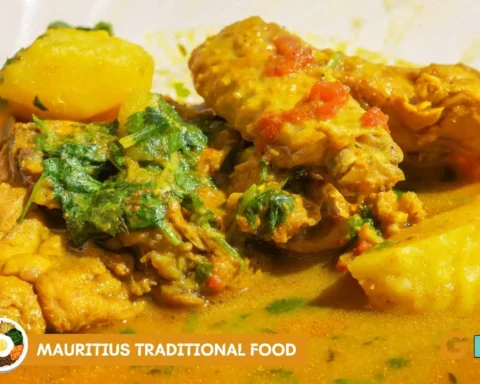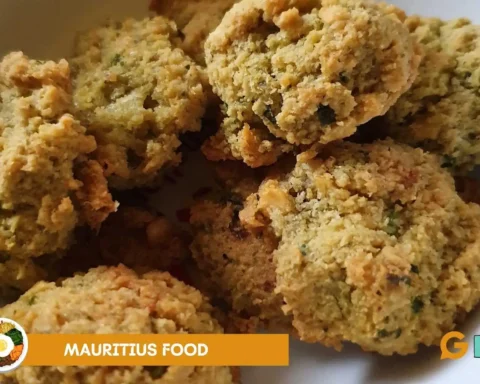Suriname, a small gem on the northern coast of South America, is known not only for its rich cultural diversity but also for its vibrant and varied cuisine. When it comes to food, Suriname offers a treasure trove of flavours influenced by the different cultures that have made this land their home. From Javanese and Indian to African and Creole, these influences have blended harmoniously to create what we now celebrate as authentic Surinamese food. For anyone looking to embark on a culinary adventure through Suriname, there are numerous traditional dishes to savour, each telling a unique story of the country’s heritage and history.
Table of Contents
Authentic Surinamese Food: The Heart of Surinamese Cuisine
Authentic Surinamese food is deeply rooted in the country’s multicultural past, influenced by Javanese, Chinese, Indian, African, and European culinary traditions. One of the most distinctive features of Surinamese cuisine is its rich use of spices and fresh ingredients. Surinamese dishes are often built around staple ingredients such as rice, root vegetables, and tropical fruits, which are readily available thanks to the fertile soil of this South American country.
A traditional Surinamese meal typically features a combination of proteins and vegetables, with an emphasis on the use of coconut milk, sweet soy sauce, and spicy peanut sauce to add layers of complex flavours. A popular rice dish that highlights this is Moksi Alesi, a hearty dish that combines rice with a variety of meats and vegetables. This mixed rice dish is one of the most well-loved Surinamese dishes, embodying the essence of mixed cultures coming together in one pot.

Exploring Popular Surinamese Dishes
One cannot speak of authentic Surinamese food without mentioning Moksi Meti, a dish that translates to “mixed meats.” Often found at local Surinamese restaurants and food stalls, Moksi Meti combines roasted meat with sweet soy sauce, giving it a unique balance of sweet and savoury. Served with rice or noodles, this dish reflects the Javanese and Chinese influences that are integral to Surinamese cuisine.
Another must-try is Saoto Soup, a traditional Javanese soup that has been embraced by Surinamese people. This flavorful broth is often filled with shredded chicken, hard-boiled eggs, and bean sprouts, and is typically served with a side of rice or noodles. The combination of these ingredients, paired with hot sauce or lime juice for an added kick, makes this soup a beloved comfort food among locals.
Suriname’s famous Surinamese Roti is another culinary delight that showcases the Indian influence on the country’s food culture. This flatbread, made from wheat flour, is commonly served with curried meats such as chicken masala, along with boiled eggs, green beans, and root vegetables like potatoes or sweet potatoes. The marriage of Indian spices with Surinamese ingredients creates a dish that is both comforting and full of flavour.
The Role of Root Vegetables in Surinamese Food
Root vegetables are a key part of authentic Surinamese food, often used in stews, soups, and side dishes. Sweet potatoes, taro root, and cassava are particularly popular and are considered basic ingredients in many traditional dishes. Cassava, a versatile root vegetable, is used to make cassava bread, and grated cassava is a common component of Surinamese Creole cuisine. These starchy vegetables are often paired with meats or roasted chicken to create filling and satisfying meals that are perfect for the tropical climate of Suriname.
One traditional dish that exemplifies the use of root vegetables is Pom- the national dish. It is a Creole-style chicken pot pie made with grated root vegetables, typically taro root or sweet potatoes. Baked to a golden brown, this oven-baked dish is both savoury and slightly sweet, a perfect example of the depth of flavour that Surinamese cuisine offers. Pom is often enjoyed during special occasions or family gatherings and is considered one of the most popular dishes in the country.
Suriname’s Rich Food Culture
Surinamese food is much more than just a collection of dishes—it’s a reflection of the country’s rich food culture and its diverse history. From the influence of African slaves brought to Suriname during the transatlantic slave trade, to the Indian dishes introduced by indentured laborers in the 19th century, each dish carries with it a piece of Suriname’s past. The combination of Javanese food, African dishes, and Indian cuisine has led to the development of a truly unique and flavorful food landscape in Suriname.
Well-known dishes such as Nasi Goreng, an Indonesian-style fried rice, and Bami, a noodle dish, showcase the strong Javanese presence in Surinamese cuisine. These dishes are often served with roasted chicken, fried plantains, or spicy peanut sauce, creating a balance of textures and flavours that is characteristic of Surinamese food.
Suriname’s Peanut Soup, a creamy and rich dish made with peanuts, root vegetables, and sometimes meat, reflects the African influence on the country’s cuisine. Served with rice or bread, this traditional soup is a favourite dish among many Surinamese people.
The Evolution of Surinamese Cuisine in Modern Times
As Suriname continues to grow and evolve, so too does its culinary landscape. Today, Surinamese food is gaining recognition not just within the country but also in other parts of the world, particularly in the Netherlands, where many Surinamese migrants have settled. The rise of Surinamese restaurants abroad, particularly in cities like Amsterdam, has helped introduce authentic Surinamese food to a global audience.
Suriname’s food production is deeply tied to its agricultural roots, with rice production playing a major role in the country’s economy. Local ingredients like coconut milk, sweet potatoes, and cassava are integral to many dishes and help maintain the authenticity of Surinamese cuisine. While modern influences have made their way into the kitchens of Suriname, the country’s commitment to preserving its culinary heritage remains strong.
For anyone looking to explore the true essence of Suriname, embarking on a culinary journey through the country’s traditional dishes is an absolute must. Authentic Surinamese food offers a unique blend of flavours and textures that reflect the country’s rich cultural tapestry. Whether it’s enjoying a plate of Moksi Meti, savouring the bold flavours of Saoto Soup, or indulging in a slice of Pom, each dish is a celebration of Suriname’s diverse heritage.

Conclusion
In conclusion, authentic Surinamese food is a testament to the country’s ability to blend the many cultures that have shaped its history harmoniously. From the vibrant spices of Indian cuisine to the savoury richness of Javanese dishes, Surinamese food offers something for everyone. This culinary journey through Suriname is not just about tasting delicious meals but about experiencing the country’s cultural heritage through every bite.
FAQs
What is Suriname’s Traditional Food?
Suriname’s traditional food reflects its multicultural heritage, with dishes like Moksi Meti (mixed meats), Pom (a baked root vegetable and chicken dish), and Saoto Soup (a Javanese chicken broth). Rice, root vegetables, and coconut milk are common ingredients in these flavorful dishes.
Is Surinamese Food Good?
Yes, Surinamese food is known for its rich flavours and diverse influences from Indian, Javanese, African, and Creole cuisines. The combination of spices, meats, vegetables, and tropical fruits creates a unique and satisfying culinary experience.
Is Surinamese Food Spicy?
While Surinamese food can be spicy, with hot sauces and chilli peppers often used, the heat level varies by dish. Some dishes, like Saoto Soup, can be mild, while others, such as those with spicy peanut or chilli sauces, can have a stronger kick.




